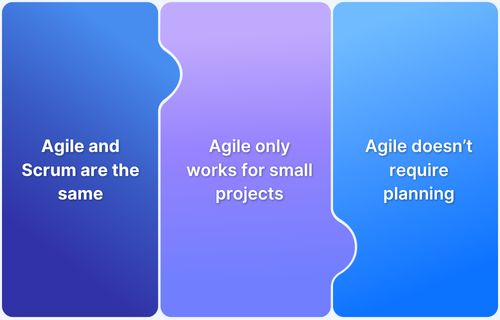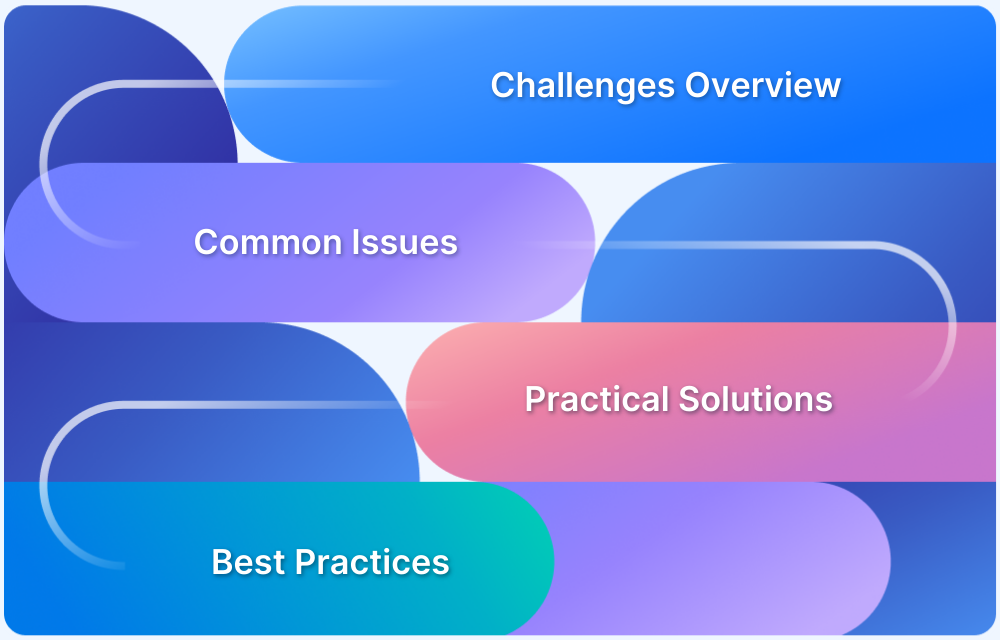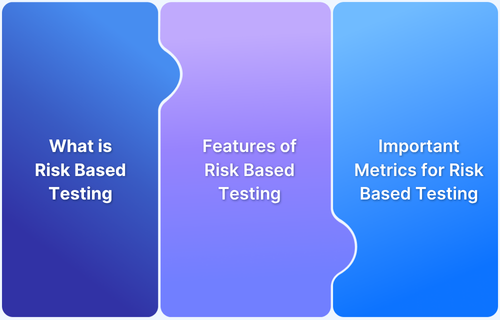An Agile test plan is a strategic document used in Agile development to outline the scope, approach, resources, and schedule of the testing activities.
Overview
Key Aspects of an Agile Test Plan
- Flexibility & Adaptability: Quickly adjust to changing requirements and feedback.
- Iterative Testing: Integrated into every sprint with continuous feedback loops.
- Collaboration: Encourages open communication among developers, testers, and stakeholders.
- User-Centric: Aligned with user stories and acceptance criteria for accurate validation.
- Continuous Testing: Ongoing testing throughout the lifecycle to catch issues early.
- Dynamic & Evolving: A living plan that adapts sprint by sprint.
Core Components of an Agile Test Plan
- Scope: Features, functionalities, and user scenarios covered in each sprint.
- Schedule: Timelines, milestones, and deadlines for testing activities.
- Test Environment: Required hardware, software, and configurations.
- Test Methods: Approaches like unit, integration, UI, and automation testing.
- Test Criteria: Metrics to measure quality and confirm acceptance.
- Risk Assessment: Potential risks with mitigation strategies.
- Defect Management: Process for logging, tracking, and resolving defects.
This article gives you a comprehensive overview of an agile test plan and its components.
What is a Test Plan in Agile
Unlike traditional test plans that are created at the beginning of the project and remain static, an Agile test plan is dynamic and evolves throughout the project’s lifecycle. It emphasizes collaboration, adaptability, and iterative testing, aligning with Agile methodologies and development principles.
The goal is to ensure continuous quality assessment through each sprint, with frequent feedback loops between developers, testers, and stakeholders.
What are the Components of a Test Plan in Agile?
A well-defined test plan in Agile ensures clarity, accountability, and efficient execution of testing activities. Key components include:
- Scope: Defines project goals, key user scenarios to be tested, and specifies any features or areas excluded from the current testing cycle.
- Schedule: Sets start dates and deadlines for testing activities, ensuring timely delivery within the sprint or project timeline.
- Resource Allocation: Assigns specific test cases or tasks to testers, establishing clear ownership and accountability.
- Environment: Details the test setup, including hardware, software, network configurations, and accessibility requirements.
- Tools: Identifies the software and tools for test execution, defect tracking, automation, and performance monitoring.
- Defect Management: Defines the process for reporting and tracking bugs, specifying required details such as screenshots, logs, or videos for effective analysis.
- Risk Management: Highlights potential risks during testing or post-release and prioritizes critical areas to mitigate defects.
- Exit Parameters: Establishes criteria for concluding testing, including benchmarks and outcomes to ensure software readiness for release.
Also Read: Risk Based Testing Approach for Agile Teams
In Agile, testers and developers must ensure testing is comprehensive across multiple UIs, browsers, and devices to maintain software quality throughout development.
Why use BrowserStack Test Management for Test Planning in Agile?
Agile development demands speed, collaboration, and continuous feedback. Traditional test management approaches often struggle to keep up with rapid sprint cycles, frequent requirement changes, and the need for real-time visibility.
BrowserStack Test Management is purpose-built for Agile teams, ensuring testing keeps pace with development without sacrificing quality.
Here’s why it stands out for Agile test planning:
- Faster Test Authoring with AI: Agile teams can’t afford lengthy test creation cycles. With BrowserStack’s AI-powered test case generation, teams can instantly create comprehensive test suites from user stories, PRDs, or even plain text prompts, reducing manual effort and ensuring coverage right from sprint planning.
- AI-Powered Jira App with Two-Way Binding: Synchronize test cases and runs between BrowserStack Test Management and Jira, allowing management from both platforms with AI-driven assistance.
- Smarter Test Prioritization: Agile sprints demand focus on the highest-impact tests. The Intelligent Test Selection Agent uses AI to recommend the most critical test cases to run, helping teams optimize coverage while meeting tight timelines.
- Unified Test Management: Manage all manual and automated test cases in one centralized platform with full traceability from requirements to defects through seamless integrations with Jira, Azure DevOps, and more.
- Real-Time Visibility & Adaptability: Agile teams need immediate feedback loops. Customizable dashboards and analytics provide live insights into test progress, quality trends, and release readiness, enabling quick course corrections during sprint reviews or daily stand-ups.
- Built for Continuous Delivery: With support for automation frameworks and CI/CD tools, BrowserStack Test management integrates seamlessly into Agile delivery pipelines. This ensures test planning is not just about scheduling but about enabling continuous testing and faster releases.
Try BrowserStack Test Management Now
Agile Test Plan vs Traditional Test Plan
Test plans in Agile and traditional approaches differ in structure, flexibility, and execution. Understanding these differences helps teams choose the right approach for their project and testing needs.
| Feature | Agile Test Plan | Traditional Test Plan |
|---|---|---|
| Approach | Iterative and flexible; evolves with each sprint | Linear and fixed; defined upfront before testing begins |
| Documentation | Lightweight, concise, and just enough for the team | Extensive and detailed, covering all scenarios and procedures |
| Scope | Focused on current sprint or release; adaptable | Covers entire project; changes require formal approvals |
| Test Case Design | Created and updated continuously based on evolving requirements | Prepared in advance; changes require updates to the document |
| Flexibility | High; can adapt to changing requirements and priorities | Low; scope and plans are rigid once approved |
| Collaboration | Encourages team collaboration, including developers and testers | Mainly test team-driven with limited stakeholder involvement |
| Execution | Parallel with development; supports continuous testing | Usually after development phase; sequential execution |
| Risk Management | Continuous assessment of risks during sprints | Assessed at the start; changes require re-evaluation |
| Review & Updates | Frequent reviews and updates at the end of each sprint | Periodic updates only, usually at major milestones |
Conclusion
A test plan in Agile provides a structured yet flexible approach to guide testing activities, ensuring clarity, accountability, and coverage while adapting to evolving requirements.
Unlike traditional plans, Agile test plans are iterative, lightweight, and collaborative, allowing teams to respond quickly to changes, maintain high-quality standards, and deliver software efficiently across multiple sprints.
Useful Resources for Agile Methodologies
- Agile Development Methodologies: An Essential Guide
- All about Agile SDLC (Software Development Life Cycle)
- What is Agile Testing Know About Its Life Cycle, Types, and Metrics
- What is Agile Testing Quadrants: Why & How to Use It
- What is a Test Plan in Agile?
- How to Write Software Requirement Specifications in Agile
- Agile Testing Metrics that Every Tester Must Know
- 11 Agile Testing Challenges and its Solutions
- Debunking Myths about Agile Testing
- How BDD and Agile Together Make Testing Efficient
- Continuous Integration in Agile
- What does continuous delivery mean in agile?
- Risk Based Testing Approach for Agile Teams
- How to run Regression Testing in Agile Teams
- Role and Responsibilities of QA managers in Agile organizations
- Agile vs DevOps: What’s the Difference?
- Difference between CI and CD, Agile and DevOps
- Why Automation Testing is at the Centre of Agile Development







